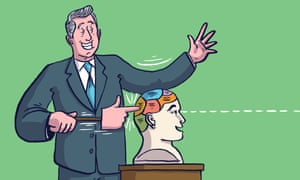Behavioural economic theory offers valuable insights into understanding and addressing market failures that may not be adequately captured by traditional economic policies. Here's an assessment of the usefulness of behavioural economic theory compared to traditional economic policies, using examples to illustrate:
Nudging for Positive Externalities: Behavioural economics suggests that people's choices can be influenced by the way choices are presented or "nudged." This approach can be used to encourage behaviours that generate positive externalities. For example, to promote environmental conservation, governments can use default options for energy-efficient appliances or opt-out systems for organ donation.
Addressing Information Asymmetry: Traditional economic policies often assume perfect information, but in reality, information asymmetry can lead to market failures. Behavioural economics recognizes the importance of providing clear and transparent information to consumers. For instance, nutritional labels on food products help consumers make informed choices and reduce information asymmetry.
Overcoming Present Bias: Behavioural economics highlights that individuals often exhibit present bias, prioritizing immediate gratification over long-term benefits. This can lead to undersaving or underinvestment. To address this, governments can implement policies such as automatic enrollment in retirement savings programs or matching contributions to encourage long-term financial planning.
Correcting Market Power: Traditional economic policies often focus on regulation and antitrust laws to address market power. Behavioural economics suggests that people may have limited ability to make rational choices in concentrated markets. For example, governments can introduce measures to increase price transparency or mandate clearer terms and conditions to help consumers make informed decisions.
Reducing Behavioural Biases: Behavioural economics acknowledges cognitive biases that can influence decision-making, such as loss aversion or status quo bias. Governments can design policies to mitigate these biases. For example, automatic enrollment in healthcare plans can help overcome inertia and increase coverage rates.
However, it is important to note that behavioural economic policies have their limitations. They may be more effective for specific market failures or in certain contexts but might not provide comprehensive solutions for all economic challenges. Traditional economic policies, rooted in rational decision-making assumptions, can still be valuable for overall market efficiency.
In practice, a combination of traditional economic policies and behavioural insights is often used. Governments can integrate behavioural interventions into existing policy frameworks to address specific market failures and promote desired outcomes. The effectiveness of these approaches can be assessed through rigorous evaluation and continuous refinement of policies based on real-world outcomes.
